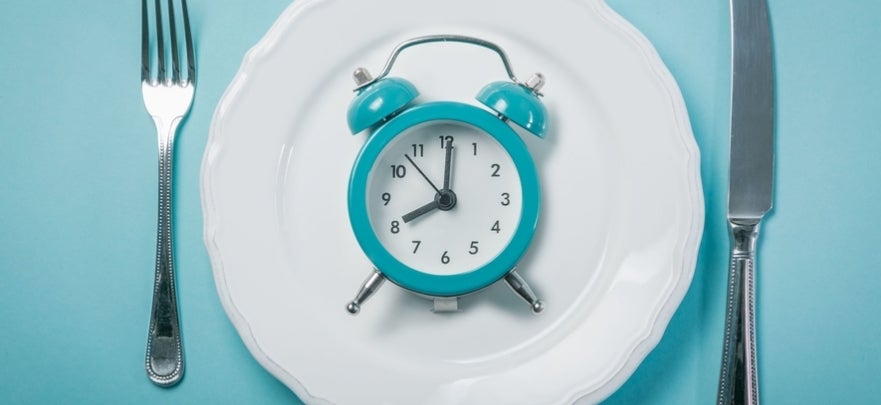Managing Your Weight with Intermittent Fasting and Time Restricted Eating
Intermittent fasting and time restricted eating are techniques to help people lose weight, improve their overall health, and some say simplify their lifestyles. Intermittent fasting (sometimes referred to as IF) and time restricted eating (sometimes referred to as TRE) are becoming increasingly popular so you are likely to hear about them more and more.
Many studies are emerging that show that both IF and TRE can potentially lead to longer life, improve your health, and even enhance your brain function.
Those who are underweight or have a history of eating disorders should consult with their doctor before trying intermittent fasting or time restricted eating. Those with diabetes or poor blood sugar regulation should also consult their doctor before trying intermittent fasting or time restricted eating.
Fasting is done today for religious reasons and practiced by many faiths. Advocates of intermittent fasting argue that not eating for periods of time is more natural than having several meals a day along with snacks. The argument is that our ancestors did not have unlimited access to fast food, refrigerators, and convenient stores. As a result, we have evolutionarily been designed to not eat for periods of time until we could find food. So, intermittent fasting and time restricted eating attempt to recreate that potentially natural process.
Often, intermittent fasting involves either 16 hour fasts or not eating for 24 hours a day twice a week. Intermittent fasting does not necessarily specify what you should eat. Rather, intermittent fasting is focused on an eating pattern of when you should eat. That being said, when you do eat; it’s best to eat healthy, nutritious food.
Three common approaches exist. These are:
- The 16/8 method which most people find the simplest and easiest to pull off. With the 16/8 method you focus your eating between certain times of the day such as 1pm to 9pm or noon to 8pm. These are the 8 hours in which you can eat. You should eat normally and not binge. Then after this window, you fast for 16 hours. Essentially, you are skipping breakfast, doing a potentially early dinner, and avoiding late night snacking.
- The eat-stop-eat method involves not eating for 2 days a week. So, you’d eat dinner on say Tuesday night and then not eat until breakfast on Thursday morning. You are basically not eating for one entire day.
- The 5:2 diet is similar to the eat-stop-eat diet except that instead of doing a complete fasting you eat between 500 and 600 calories on the two days that are designated fasting days. You’re simply eating much less on those days. During the remaining 5 days of the week you can eat normally.
So, what are the benefits of intermittent fasting and time restricted eating? As mentioned before, recent studies are revealing quite a few benefits. These benefits include:
- An increase in human growth hormone (HGH) production which improves fat lose and muscle growth.
- An improvement in insulin sensitivity which is impaired by diseases such as prediabetes and diabetes.
- Improved cellular repair processes throughout the body.
- Improved gene expression which helps stave off many diseases
But for most people, the weight loss and weight management benefits are the most compelling reasons to try these techniques. Although intermittent fasting and time restricted eating have benefits for all, they do appear to benefit men more than women. Men see a bigger impact from these practices than women on average, but again, benefits have been seen in all populations.
You can continue working out and do all of your normal activities while practicing intermittent fasting and time restricted eating. You should continue to drink lots of liquids. Intermittent fasting and time restricted eating don’t attempt to limit your water intake. You shouldn’t drink anything with high caloric values such as juices or sodas. Instead, you should only be drinking low calorie options such as coffee, tea, and water while fasting.
If shedding pounds is your goal, give these techniques a try and incorporate them into your better eating and exercise plans.
More information at http://www.eatstopeat.org






